Coin tosses have often played a major role in making decisions in almost all walks of life. It's very common in sports to make a crucial decision based on a coin toss. People have always assumed that coin tosses are 50-50; however, this long-standing belief might not hold water anymore.
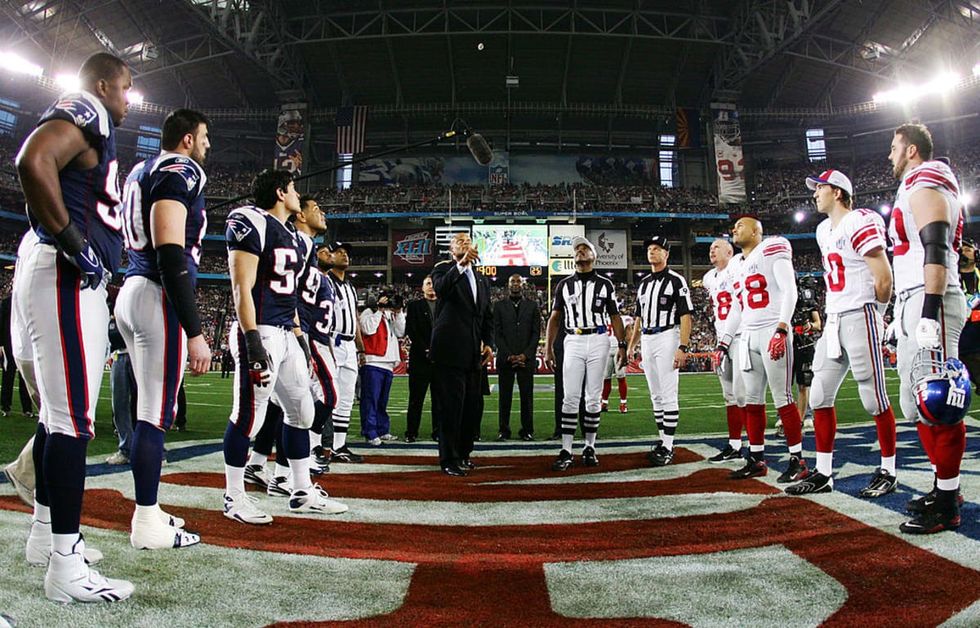
Stanford researcher Persi Diaconis, who is heavily known for his expertise in mathematics and magic, set out o to debunk the 50-50 theory. His study claims that coin tosses are not always 50-50 and in fact, he discovered that these tosses have a slight bias in them, which he termed "same-side bias," which occurs because of how the coin spins. Highlighting the mechanics of the coin spin, he explains that when the coin rotates, it wobbles a bit, affecting where it lands, and the chance of it landing on the same side increases by a huge margin.
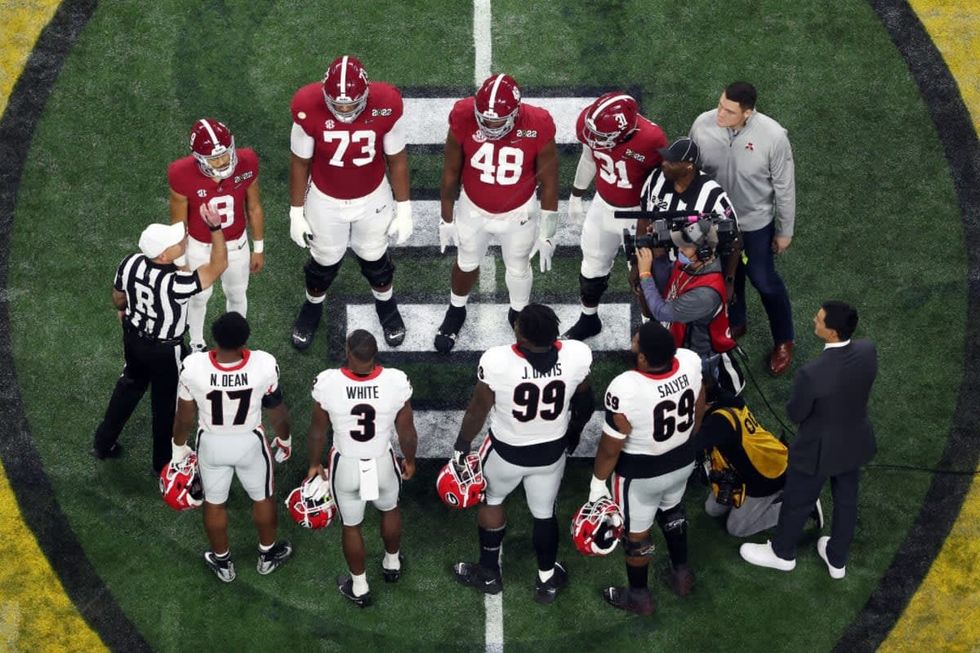
His explanation emerged out of an experiment conducted by a group of researchers tasked to record the outcomes of over 350,000 coin tosses. It was conducted with the help of 48 candidates and 46 currencies. After the experiment, the data collected confirmed that coin tosses have a "same-side" bias.
The results of the experiment should change how people think about the effects that coin tosses have on decision-making and gambling. To gain an upper hand in a coin toss, one could hide the starting position of a coin right before tossing it up in the air. However, with the results of this recent outcome, other factors need to be taken into account such as probability, chance and how we perceive things. The luck factor will always a huge role when it comes to flipping a coin in the air.
The mathematics and physics behind a coin toss is still considered complex as it often relies on plenty of factors and hence there is no foolproof plan to win a coin toss. At the end of the day, humans love the idea of toying with suspense and hence coin tosses become the perfect tool for creating some drama. Now that we know a solid hack to crack coin tosses, it remains to be seen how many people make good use of the idea. Let the odds be in their favor.
Editor's note: This article was originally published on February 23, 2024. It has since been updated.



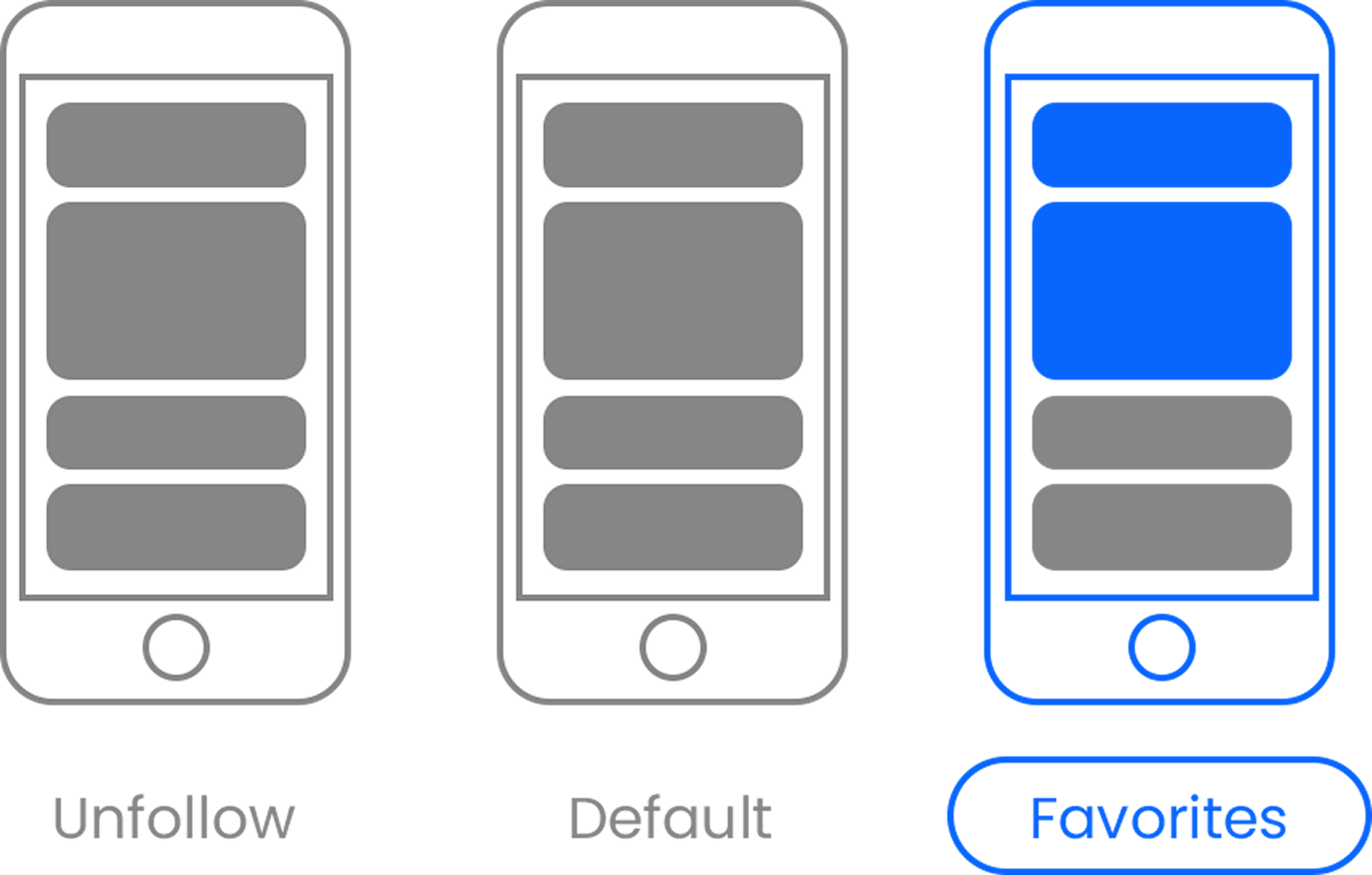

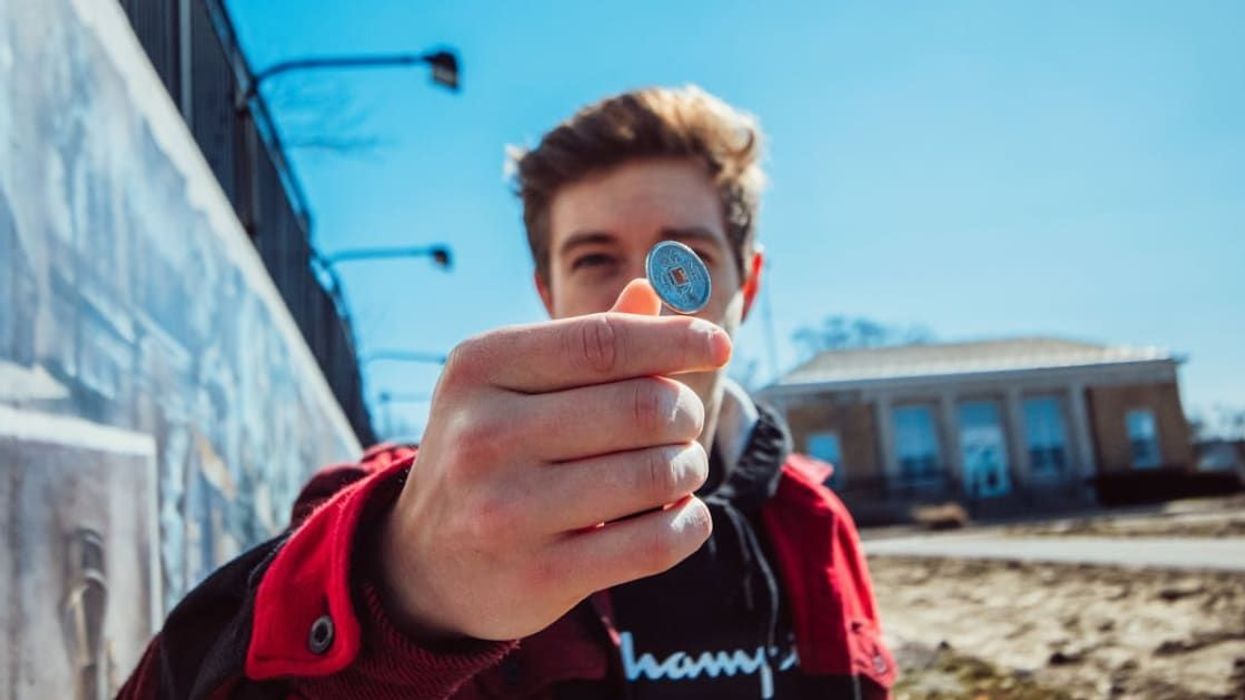




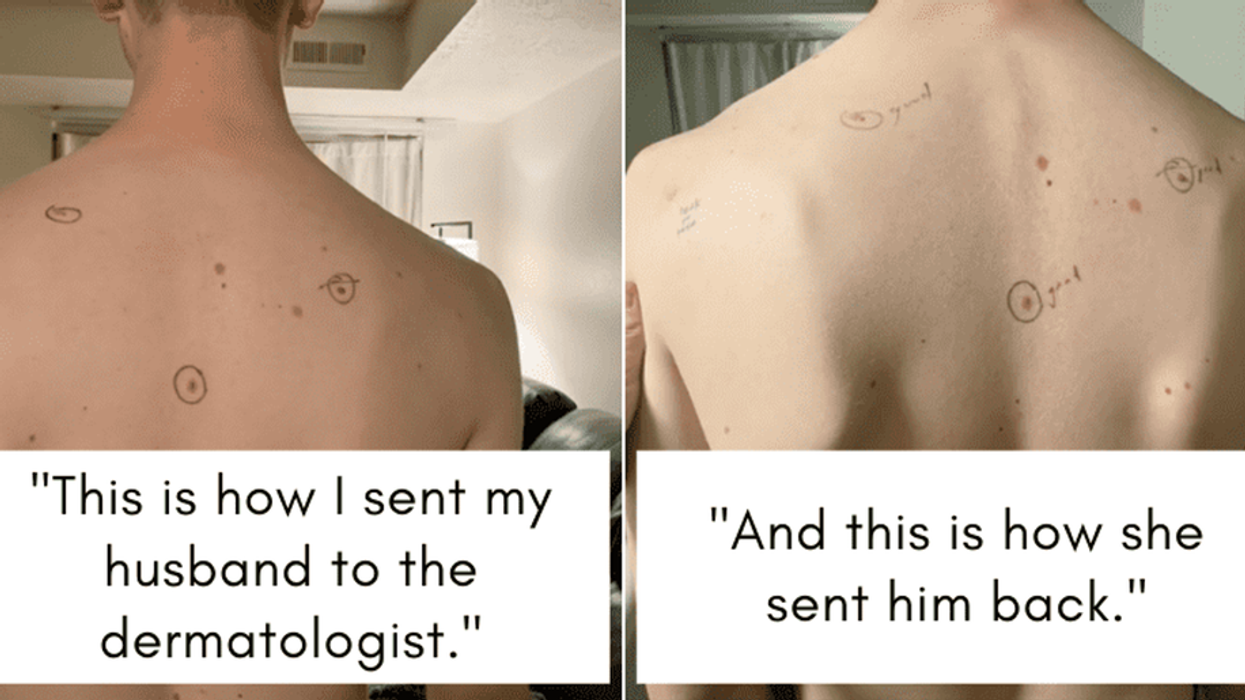

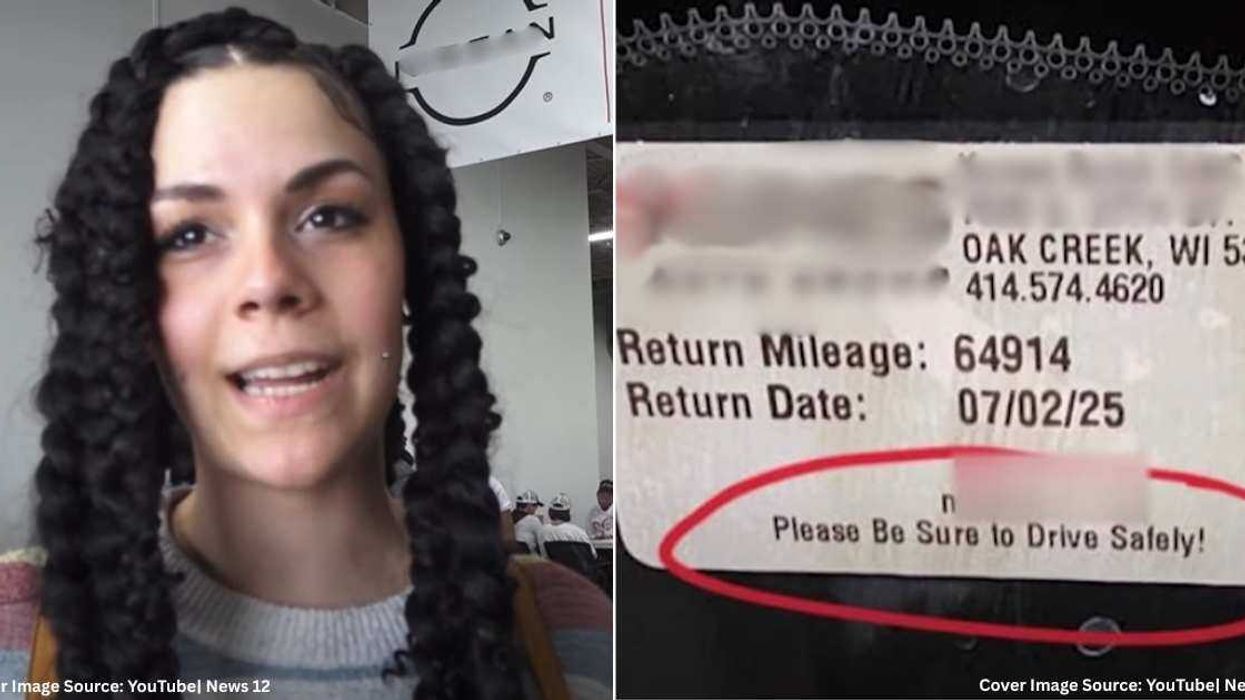


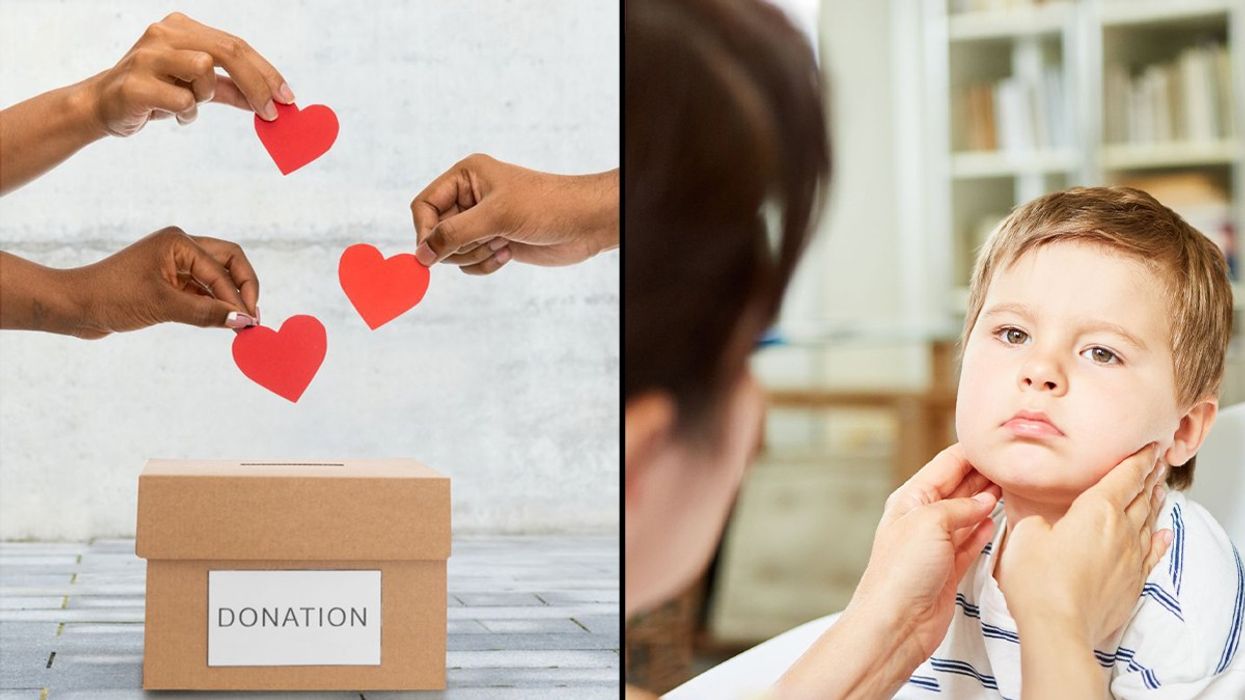
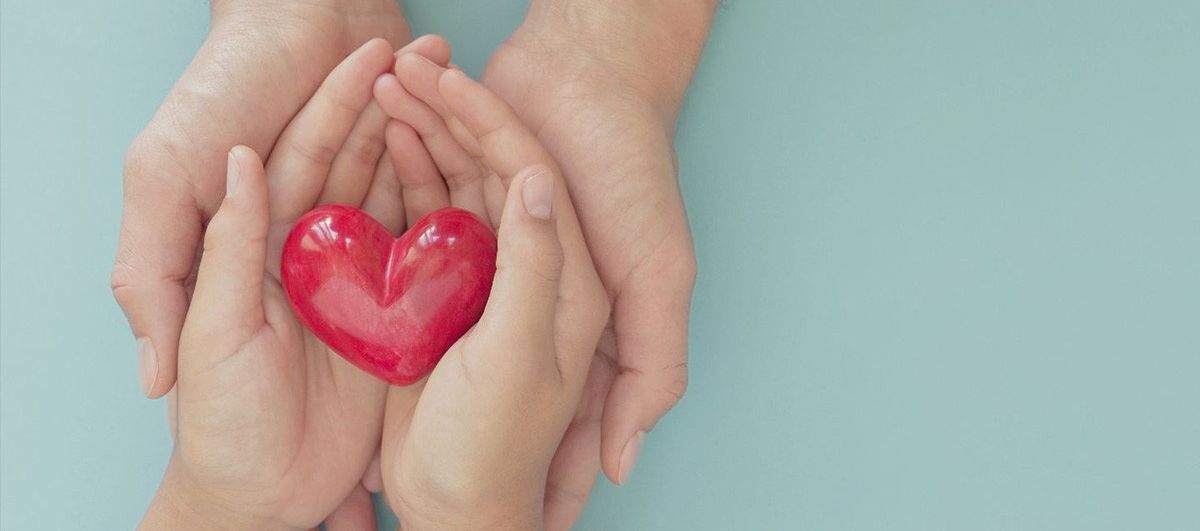 A symbol for organ donation.Image via
A symbol for organ donation.Image via 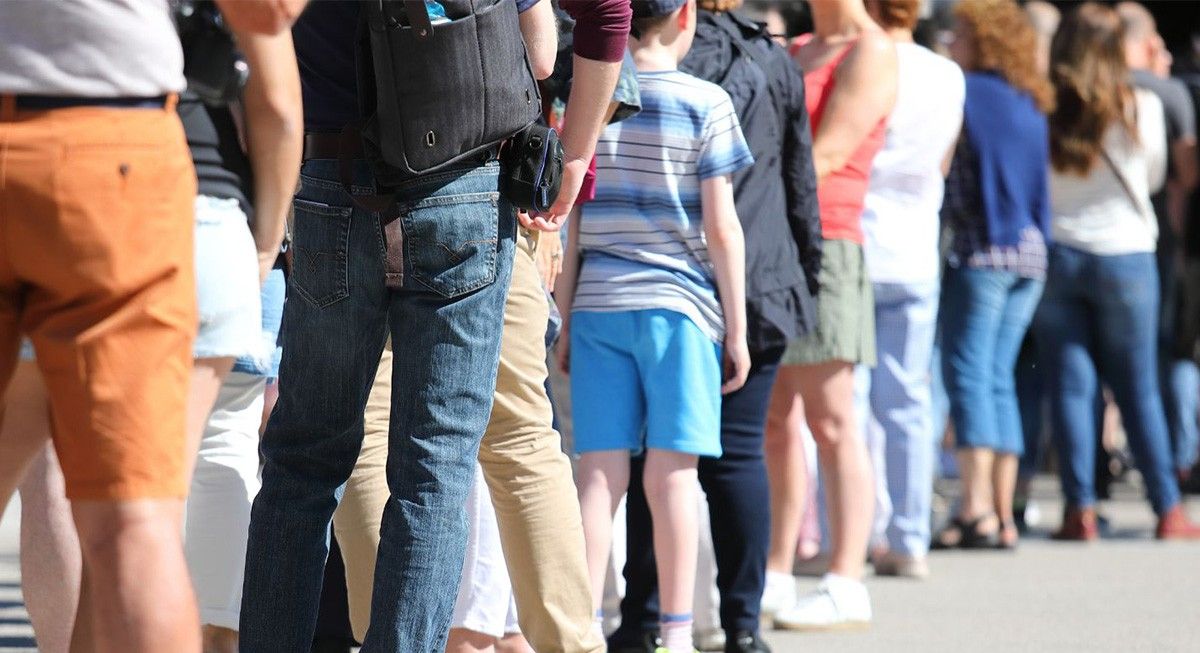 A line of people.Image via
A line of people.Image via 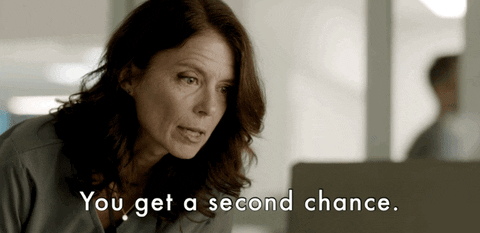 "You get a second chance."
"You get a second chance." 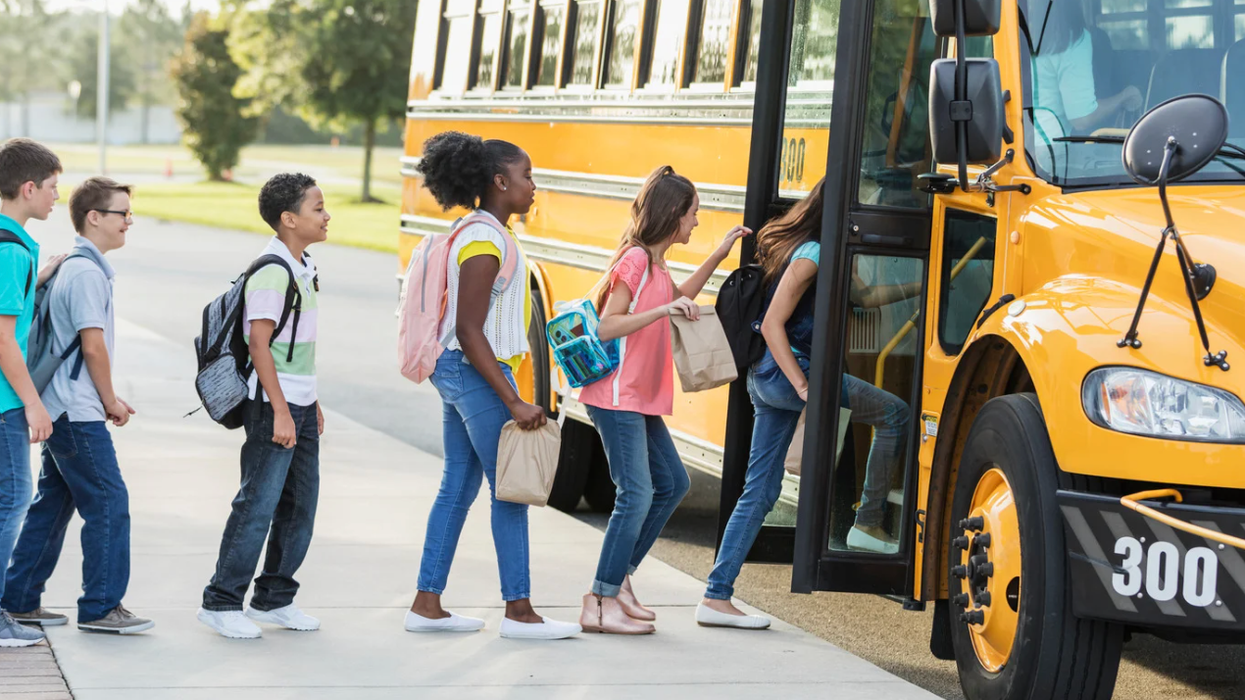

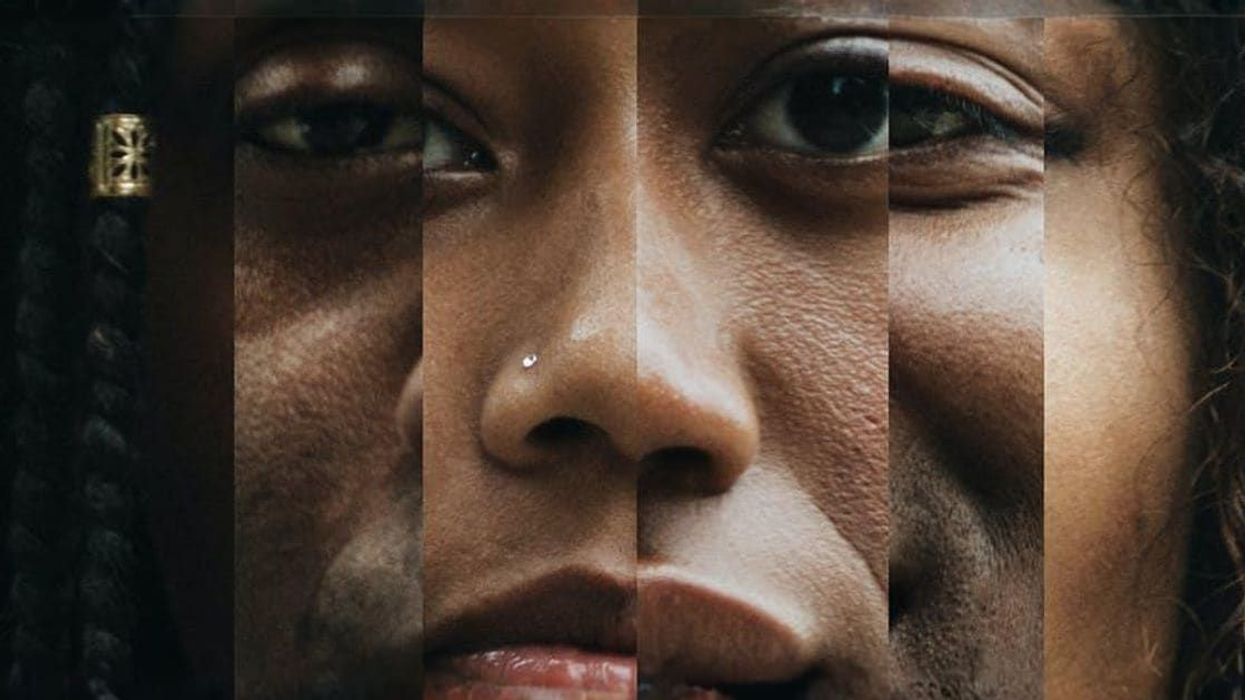
 36 is the magic number.
36 is the magic number.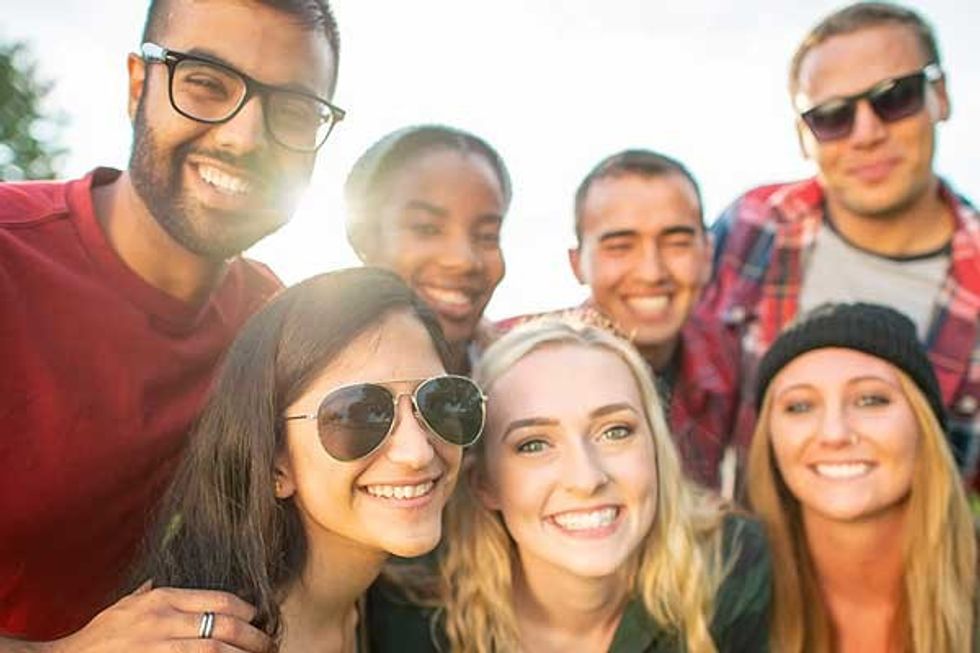 According to one respondendant things "feel more in place".
According to one respondendant things "feel more in place". 
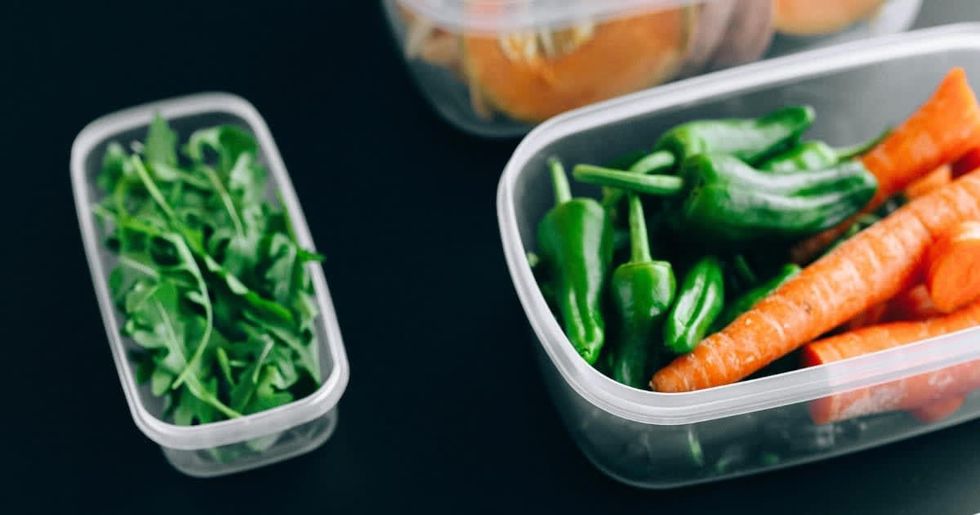 Some plastic containers.Representational Image Source: Pexels I Photo by Nataliya Vaitkevich
Some plastic containers.Representational Image Source: Pexels I Photo by Nataliya Vaitkevich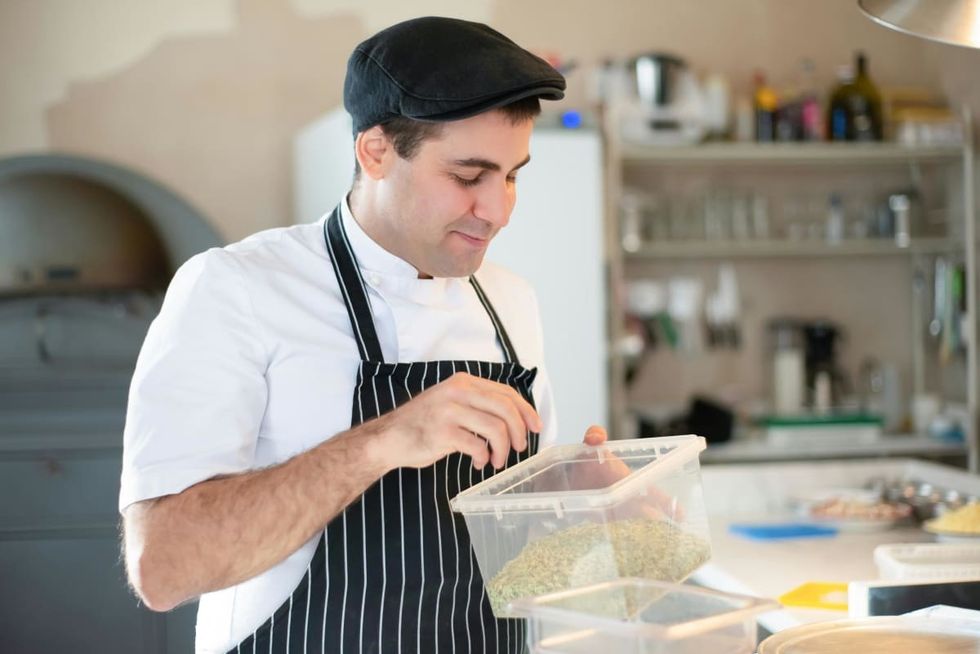 Man with a plastic container.Representative Image Source: Pexels | Kampus Production
Man with a plastic container.Representative Image Source: Pexels | Kampus Production
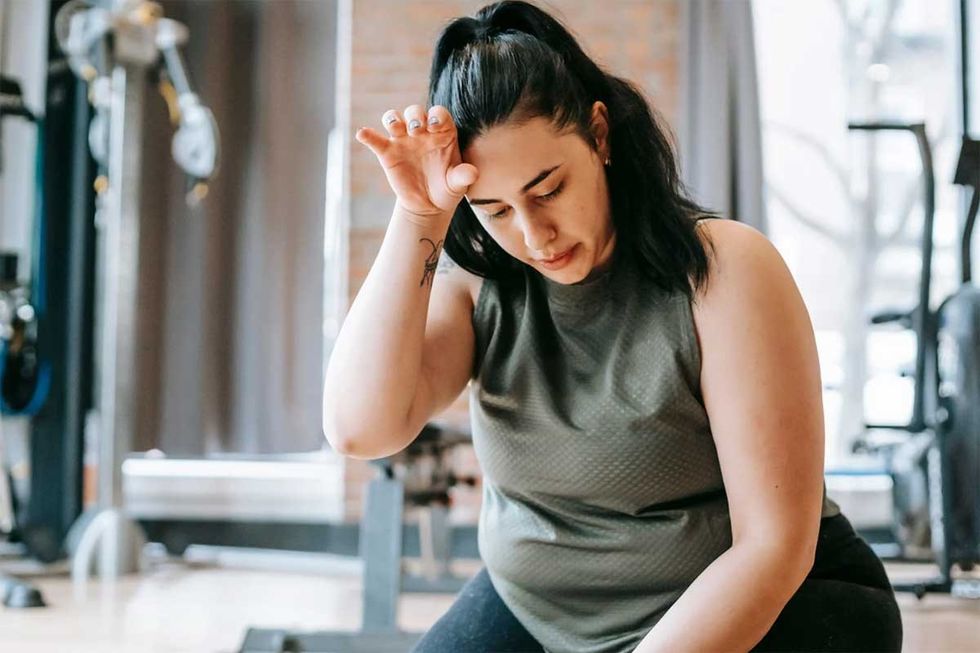 Canva
Canva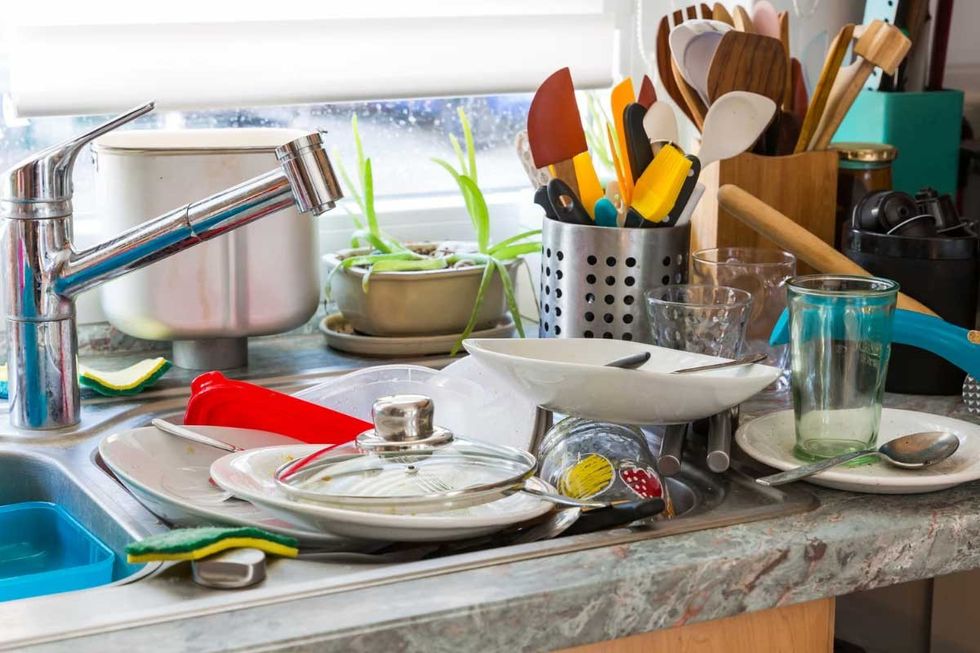 It's easy to let little things go undone. Canva
It's easy to let little things go undone. Canva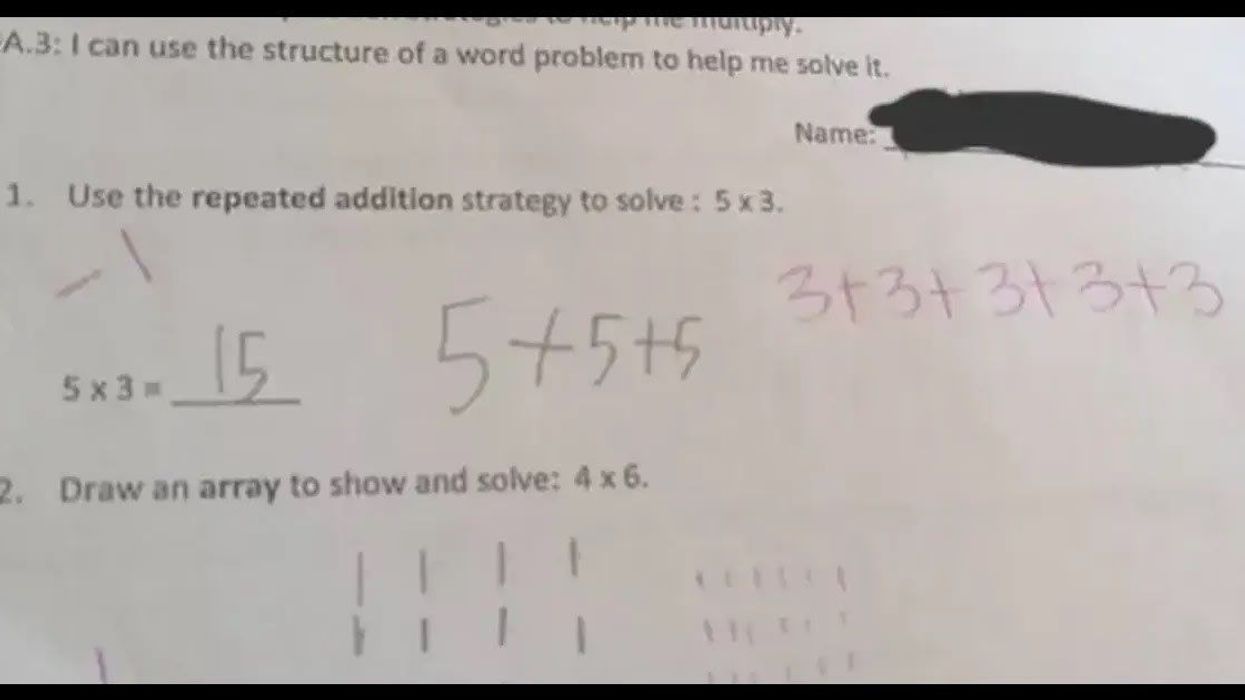
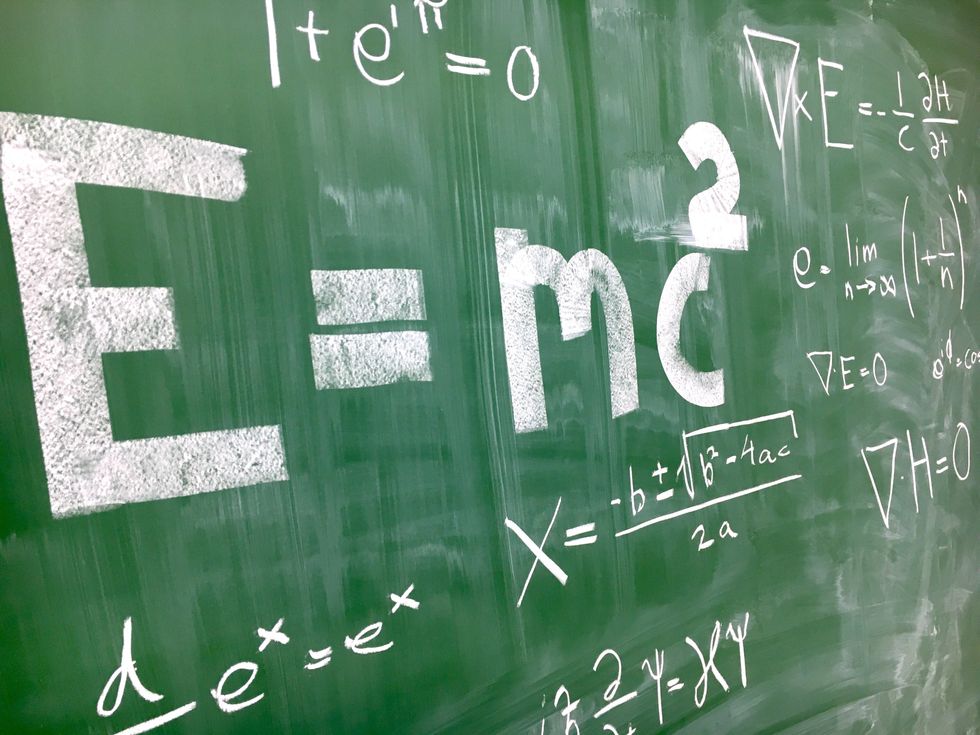 Photo by
Photo by 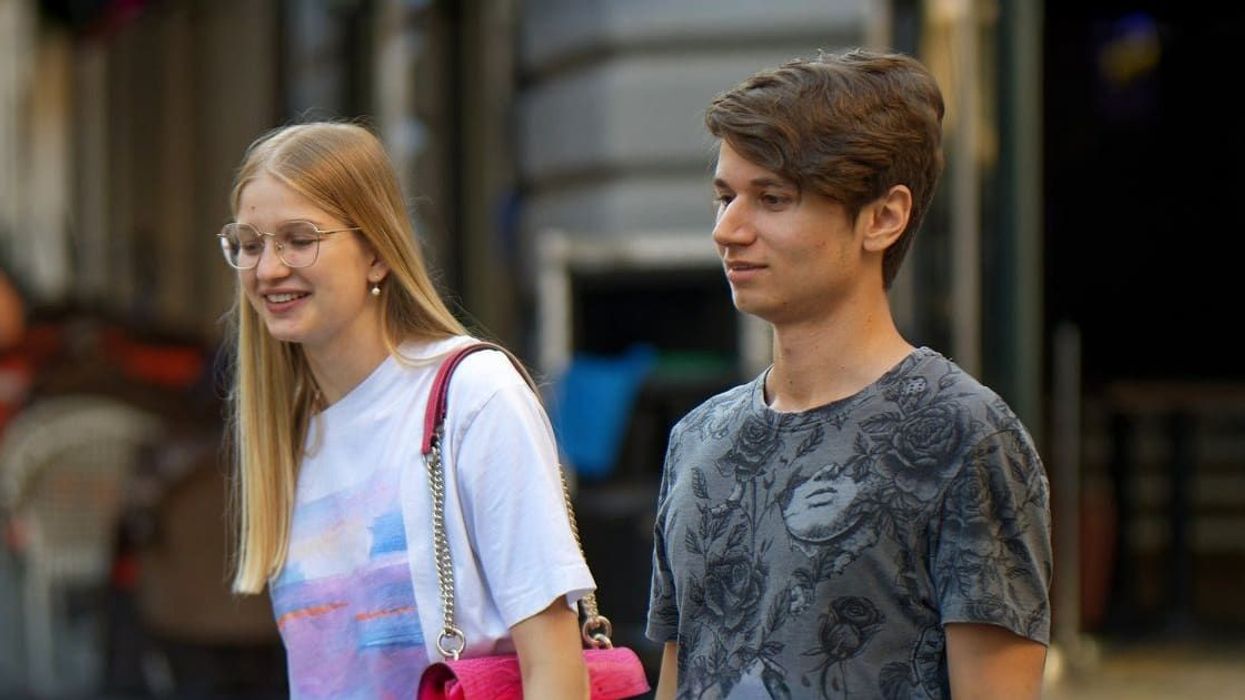
 Teens are waiting longer than at any point in the survey’s history. Canva
Teens are waiting longer than at any point in the survey’s history. Canva Chart on the age of a person’s first time having sex.National Survey of Family Growth/flowing data.com | Chart on the age of a person’s first time having sex.
Chart on the age of a person’s first time having sex.National Survey of Family Growth/flowing data.com | Chart on the age of a person’s first time having sex.
'Every breath you ...' what? 5 classic songs where people totally missed the meaning